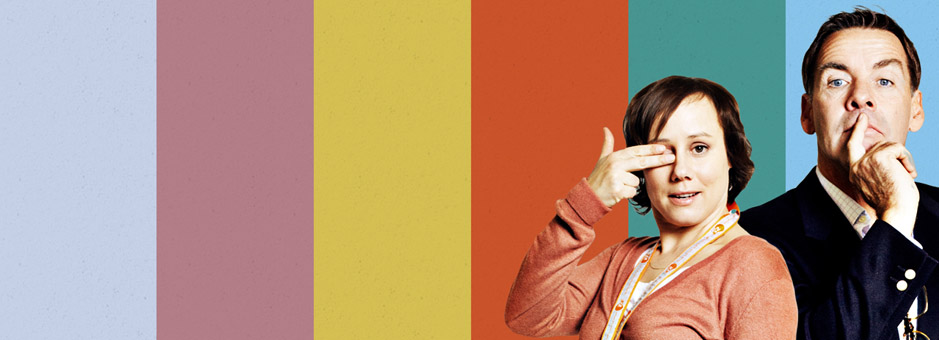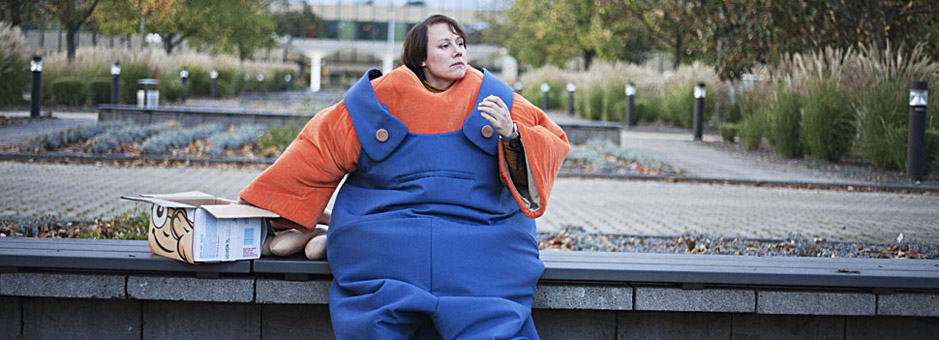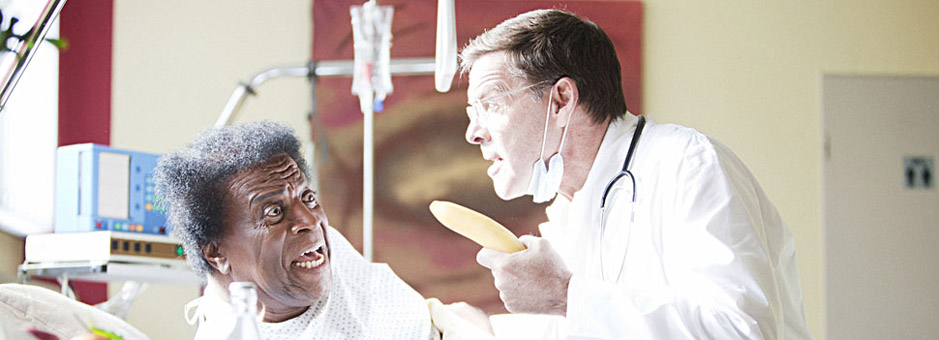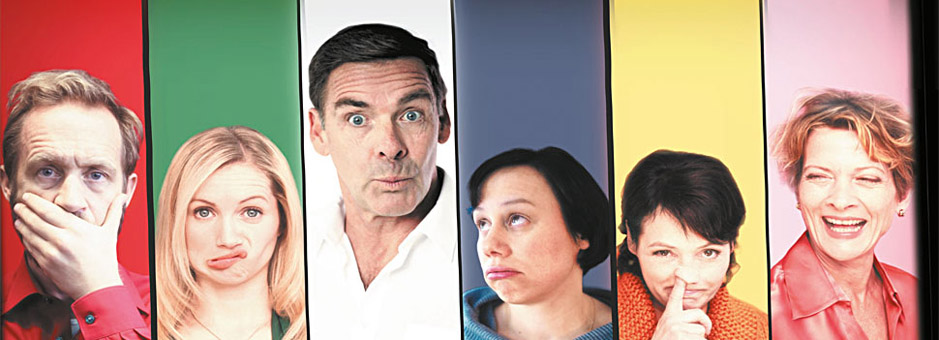Television comedy Lerchenberg implements FilmLight’s innovative colour solutions across its production-post process
Lerchenberg is a television comedy drama about an actor coming back from a huge slump in his career to make a television comedy drama. To continue the parallels, the show within the show is commissioned by German national broadcaster ZDF – as is Lerchenberg itself.
The show is even shot in and around the headquarters of ZDF in Mainz, which gives the drama authenticity.
Director Felix Binder and producers Maren Lüthje and Florian Schneider took the opportunity of the location being the offices of their broadcast customer to develop an ingenious workflow, which takes advantage of a seamless FilmLight production-post colour process. Two seasons of the show have now been completed using the unified FilmLight colour pipeline, with even deeper integration for series two.
DoP Jenny Bräuer shoots the programme on ARRI ALEXA cameras, recording to the ALEXA ProRes format. Colour grading and finishing are then handled by ARRI Media, 400km away in Munich.
Ordinarily, dailies would be taken by courier from set to lab at the end of each day, where they are ingested and graded with regular remote input from the DoP. “This process was becoming too slow and complex,” explained Schneider. “With round-tripping between dailies, editorial and the finishing suite every time a colour decision changed, and pre-graded rushes ready one or two days later. And it was extended further because we were shooting four hours away from the lab.”
So for Lerchenberg, the production team developed a more sophisticated workflow, using Baselight solutions from end to end.
On set, the team installed a Daylight dailies system. This was loaded with a set of looks agreed between DoP Bräuer and colourist-DIT Stephan Kuch, but the DoP and director also used the system to tweak shots to get close to their vision of the final grade.
The real benefit of the Baselight workflow is that the pre-graded looks are not baked in, but remain flexible. The native camera files go to the Avid, along with the initial grade from Daylight in FilmLight’s Baselight Linked Grade (BLG) format. The Avids have the Baselight Editions plug-in installed, Baselight for Avid, which interprets the BLG file and recreates the actual grade – including all grading operations and keyframes – in real time.
This saves time, because there is no need to render, store, backup and transfer the pre-graded footage. Most important, it allows the editor to make adjustments to the grade if necessary straight from the Avid timeline.
The editing room was near-set too, which reinforced the flow between set and the beginning of post. The producers and TV Executives could walk in and out their ‘on-set’ editing suite at any time, or attend screened daily rushes with the image almost where it would end up after post.
Communication between all the departments during the principal shooting – particularly arts, costume, DoP and grading – is more accurate since they all have access to rushes that are close to the final image. Even if adjustments need to be made, only the BLG files have to be changed, which saves rendering time and storage space. And the editor can always work with the latest grade.
After picture lock, the raw content and the metadata (BLG files) are sent to ARRI Media and Kuch can pick up the images in his Baselight suite as he left it on set.
“As a colourist, the Baselight and Daylight workflow combines the teamwork on set with the full range of tools available to me,” commented Kuch. “Daylight is such a powerful tool and because it uses the same engine and a similar GUI to Baselight, it was an incredibly simple and smooth transition for me.
“The efficient post production workflow adopted for Lerchenberg has enabled us to define a look within the details of the show even on a daily base. Working with BLG files means re-rendering is not necessary and gives me more time to improve and talk with the crew to find the perfect look. There is no longer a need to ‘fix it in post’, because we can do everything right on set.”
According to producer Florian Schneider, “The workflow is very smooth and the communication very fast, giving editors and producers the ability to keep a cut live and malleable far deeper into the traditional post process. The DoP, director and colourist are all motivated to improve shots right up to the end of the shoot.”
“My goal is always to save time and get a better overall look to the series,” he added. “From the producers’ standpoint, fewer surprises between the set and post production – as well as giving reassurance on set to cameras, designers and costumes – is a key value to the success of the show. The render-free Baselight workflow hits all my targets. The workflow is very fast and seamless, and when the execs come into the edit suite they can see what they are getting in real time.”
“Working with BLG files means re-rendering is not necessary and gives me more time to find the perfect look.
There is no longer a need to ‘fix it in post’, because we can do everything right on set.”
Download








